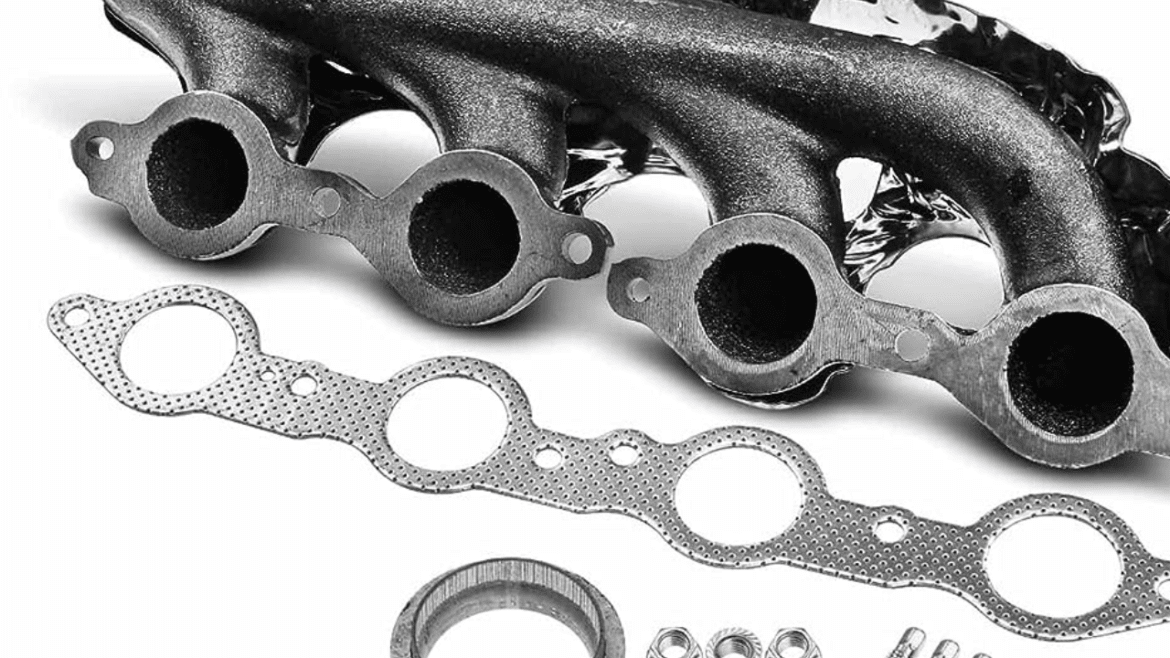In internal combustion engines, exhaust manifolds take center stage as a crucial component. This implies that fold works like magic to create the same amount less exhaust gas left from your engine cylinder into the exhaust system. However, what precisely does an exhaust manifold perform, and how does that affect how you drive?
So we are going to go on a journey to reveal the secret of the exhaust manifold. If you are interested to know the main function of the A-Premium exhaust manifold this blog is specially written for you. You will explore the functions potential issues and much more about this tool. So let’s check it out.
The Backbone of Engine Emission Management: The Exhaust Manifold
Just picture the engine in your car as a strong vocalist. Consider the exhaust manifold as the sound that makes sure the vocal is delivered accurately to the audience. This exhaust manifold, which is grafted onto the cylinder head of the engine, provides its position.
It is made of materials like cast iron or stainless steel. This device’s primary function is to control the combustion’s aftermath so that the heart and any possibly hazardous gas will be discharged.
Functionality in Motion: A Glimpse into the Exhaust Manifold’s Tasks
Exhaust Gas Collection
Each cylinder of the engine makes a difference in the performance and sustainability of Exclusive. The effectiveness of these cylinders affects the emission of exhaust gases as well. The many housework is a series of pipes or Runners that are collecting these gases one at a time when working on a musical note on a sheet.
Efficient Channeling
These collected gases then merge into a single pipe or a collector. By producing harmonious voices in a choir. This collective channeling ensures that each gas exits the pipe toward the exhaustion system. Where the processing takes place.
Temperature Management
After combustion, these gases are now in the exhaustion chamber and are scorching hot. In addition to acting as a correct conduit for these gases, manifolds help maintain a stable temperature environment and stop excessive heat from damaging delicate engine components.
Cracks in the System: Exhaust Manifold and Potential Repairs
Deterioration of Performance
When the exhaust manifold, a vital conductor in your vehicle’s performance orchestra, succumbs to a crack, its impact resonates through the engine’s harmony. This crack can act as a silent disruptor, causing a series of issues that might be subtle but certainly noticeable. Let’s dive into the nuances of performance deterioration caused by a cracked exhaust manifold.
Impaired Engine Performance
Think of a ballet dancer performing while wearing a heavy cloak; their grace and range of motion are hampered. Similarly, the power and responsiveness of the engine are limited by a fractured exhaust manifold. What causes this to occur? The gases, which are typically directed through the manifold with efficiency, run into fissures as impediments.
Audible Anomalies
Imagine a peaceful tune that is abruptly broken by a dissonant note; it sticks out, disturbs the harmony, and grabs your attention. Similar effects on the sound quality of your engine can be caused by fractured manifolds. You might hear an exhaust noise that is louder and more distinct than the usual hum and rhythm.
The Health of the Engine
Beyond the surface-level effects on sound and performance lies a deeper concern – the health of your engine. An engine is a finely tuned mechanism, and any disruption can have cascading effects. A cracked manifold not only alters the exhaust flow but also opens the door for harmful elements to enter the engine.
Sum Up
The sound, performance, and general health of your car can all be impacted by a little crack in an exhaust manifold. It is essential to recognize these indications and act quickly to restore the balance and efficiency of your engine. A successful performance requires perfect synchronization between all of your car’s parts, just as how a conductor ensures that every note is played on time.
